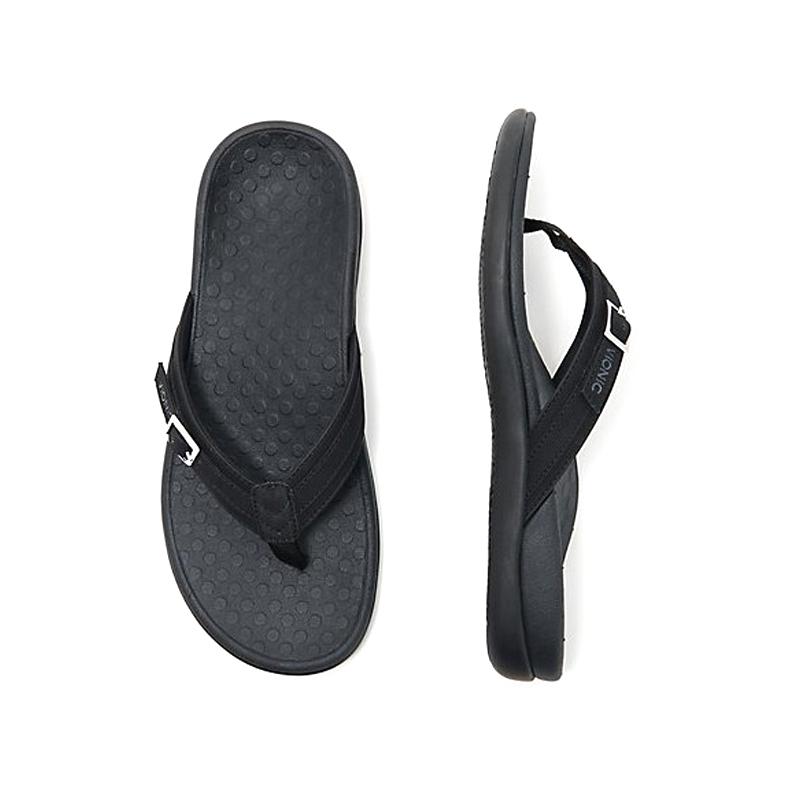Orthopedic Shoes vs Normal Shoes (What’s the Difference and Why It Matters)
Why the Shoes You Wear Matter
Our feet carry us everywhere — but most of us don’t realize how much the wrong shoes can affect our entire body. The type of shoe you wear doesn’t just change how your feet feel; it can impact your posture, balance, knees, hips, and even your back.
That’s where orthopedic shoes come in. While normal shoes focus on looks or fashion, orthopedic footwear is designed for support, comfort, and long-term health.

The Core of Comfort: Inside an Orthopedic Insole
At the heart of every orthopedic shoe lies its insole design — the foundation of true comfort and support. Unlike flat insoles found in regular shoes, orthopedic insoles are shaped to follow the natural curves of your foot. Each layer works together to absorb impact, support your arch, and reduce pressure on sensitive areas like the heel and ball of the foot. This thoughtful structure helps improve posture, balance, and all-day comfort — one step at a time.

Orthopedic Shoes vs Normal Shoes — Key Differences
| Feature | Normal Shoes | Orthopedic Shoes |
|---|---|---|
| Purpose | Style, fashion, basic comfort | Support, pain relief, posture correction |
| Fit | Standard sizes and shapes | Designed to match natural foot contours |
| Cushioning | Basic padding | Multi-layer cushioning with shock absorption |
| Arch Support | Often minimal | Built-in anatomical arch support |
| Toe Box | Narrow (can crowd toes) | Wide, allows toes to move naturally |
| Sole Design | Focused on appearance | Designed for pressure distribution and stability |
Final Thoughts
You don’t have to sacrifice style for comfort.
Modern orthopedic shoes combine fashion and function, giving you the support your body needs without compromising your look.
So next time you shop for shoes, remember — your feet deserve the same care you give the rest of your body. 💚






